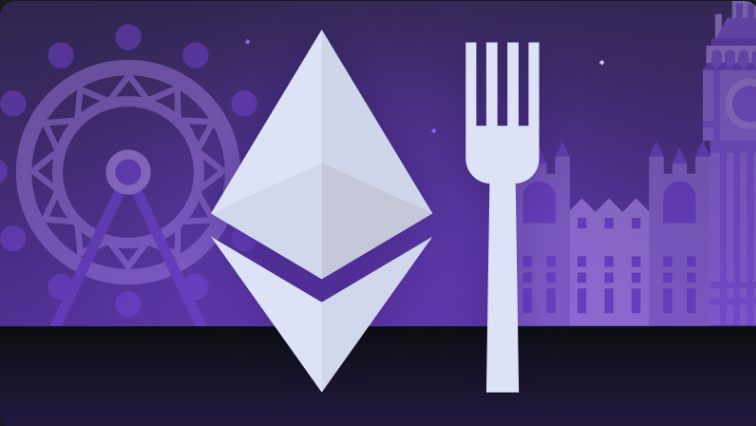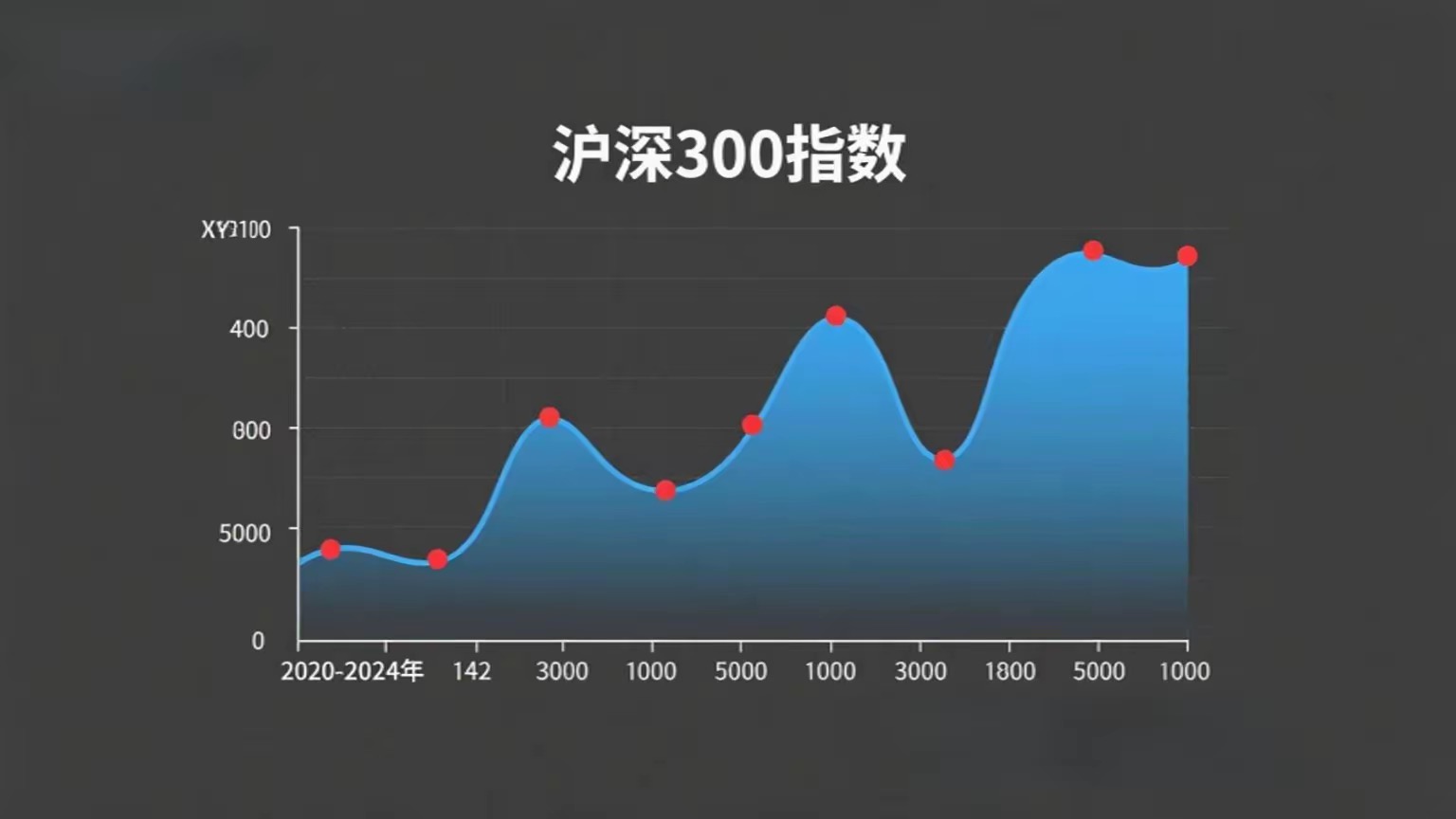
What’s new in the Ethereum London upgrade?
The Ethereum London upgrade is a hard fork that introduces two new Ethereum Improvement Proposals (EIPs). With Ethereum 2.0 (the "Serenity" phase) scheduled for release in 2022, the London upgrade prepares for the transition to Proof of Stake (PoS). To welcome the "Serenity" phase, miners will notice a slowdown in the rate at which mining difficulty increases. The London upgrade is a hard fork, meaning all nodes must adopt the new rules and the latest version to continue mining and validating.
The most notable change is the transaction fee mechanism, which includes a new deflationary feature. Previously, users paid gas fees through a bidding system. Miners prioritized transactions based on fee amounts and kept the fees as rewards for including transactions in blocks. Now, each block involves a fixed base fee. This change is brought about by EIP-1559 and EIP-3238 in the London upgrade.
What is an Ethereum Improvement Proposal (EIP)?
An Ethereum Improvement Proposal (EIP) is a technical specification outlining new features for the Ethereum blockchain. Developers create individual proposals based on suggestions from the Ethereum community. Anyone can propose an EIP and submit it to the community for discussion, after which the community decides whether to accept it.
Each EIP must follow the guidelines set by EIP-1:
-
The EIP should provide a concise technical specification and rationale for the proposed feature.
-
The EIP author is responsible for building consensus within the community and documenting dissenting opinions.
A fixed process must be followed, including peer review and drafting stages, before an EIP is approved. Once endorsed by the community, the proposal is included in the release schedule for implementation.
What is EIP-1559?
EIP-1559 is a proposal to change how users pay gas fees on the Ethereum network. This EIP was co-authored by Ethereum founder Vitalik Buterin and a team of developers.
Over time, the average fee paid by Ethereum users for small transactions became excessively high. For example, if network fees are around $20, sending $20 worth of Ether (ETH) or other digital assets is impractical. High fees reduce the network’s appeal and deter newcomers.
EIP-1559 introduces a new transaction pricing mechanism with a base fee per block. The blockchain burns this fee, reducing the total supply of ETH. This creates significant deflationary pressure on the cryptocurrency.
The base fee adjusts based on network demand. If transactions occupy more than 50% of a block’s space, the base fee increases, and vice versa. This mechanism aims to keep most blocks half-full for equilibrium.
Users can also pay tips to miners to skip the queue. However, Ethereum aims to keep blocks half-full even without tips. Since blocks have ample space, small tips can prioritize transactions.
What is EIP-3238?
Ethereum has a built-in "difficulty bomb" that gradually increases mining difficulty. When triggered, the bomb makes mining new blocks extremely slow, reducing miner profitability and slowing transaction processing. After Ethereum 2.0 launches, developers want miners to stop Ethereum 1.0 mining and fully transition to Ethereum 2.0.
However, the blockchain isn’t ready yet. To ensure validators switch to Ethereum 2.0’s PoS consensus at the right time, EIP-3238 delays the bomb.
Otherwise, miners might continue Ethereum 1.0 mining, risking a chain split like Ethereum and Ethereum Classic. Delaying the bomb means block times will enter a "30-second ice age" around Q2 2022, by which time Ethereum 1.0 and 2.0 should merge.
What does the community think?
The London upgrade, especially its fee changes, is controversial. Although Ethereum 2.0 is coming and miners are preparing to abandon Proof of Work (PoW), the upgrade significantly alters their fee earnings. Reduced fees may lower miner profits. Another concern is increased centralization, where only large-scale, low-cost miners remain profitable.
While speculative, the deflationary mechanism could boost ETH’s price. This is because Ethereum will burn the base fee of all transactions post-upgrade.
What does the London upgrade mean for users?
Like Bitcoin, the current system uses a bidding model. The higher the fee (or gas cost) a user pays, the faster miners prioritize their transaction. After the London upgrade, users no longer need to manually set gas prices.
Instead, users pay a base fee and can optionally tip miners. However, the base fee may differ when a transaction is submitted versus when it’s included in a block. To avoid overpaying, users can set a fee cap. If the base fee is lower than the cap when the transaction is mined, the difference is refunded.
Conclusion
The London upgrade is a major shift in how users interact with Ethereum. Past upgrades changed backend mechanisms invisible to most users. Now, transaction costs and delays may decrease, though this isn’t guaranteed.
Regardless, Ethereum 2.0’s PoS transition is set for 2022, making the London hard fork a temporary adjustment.
















